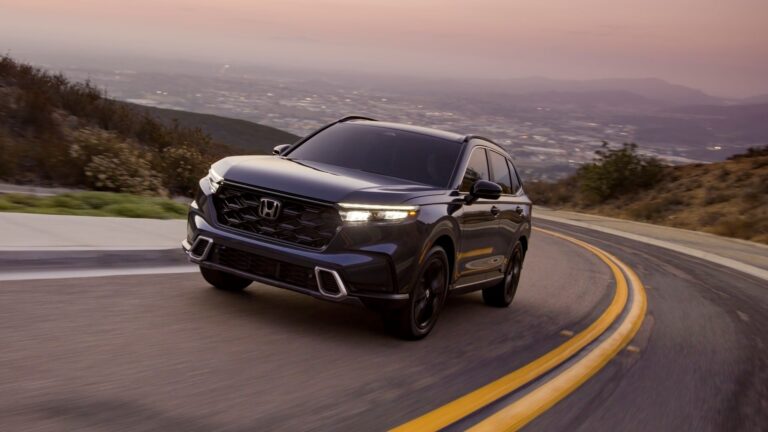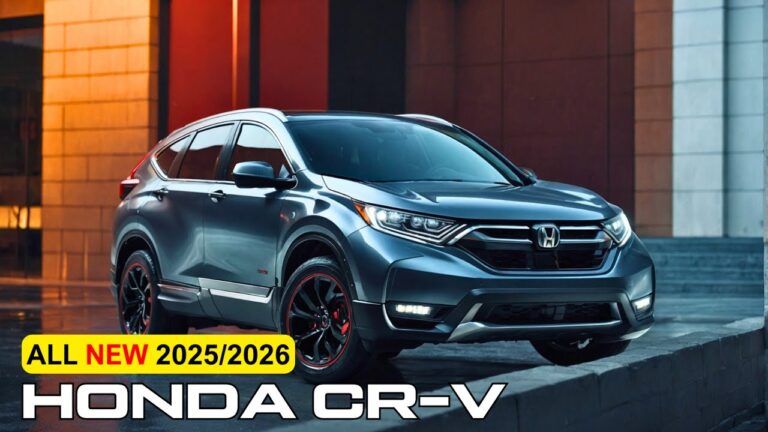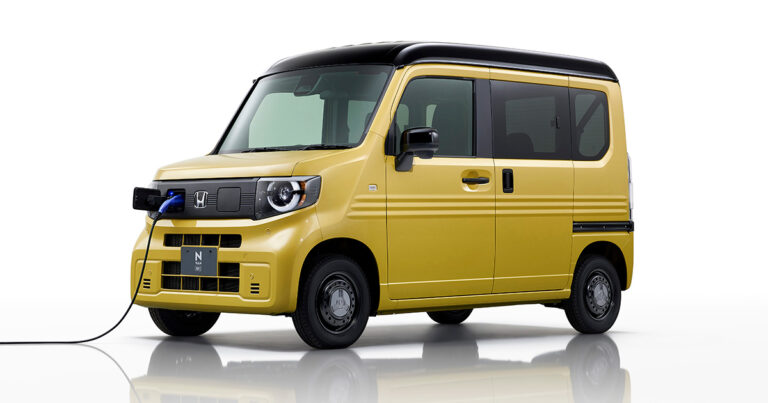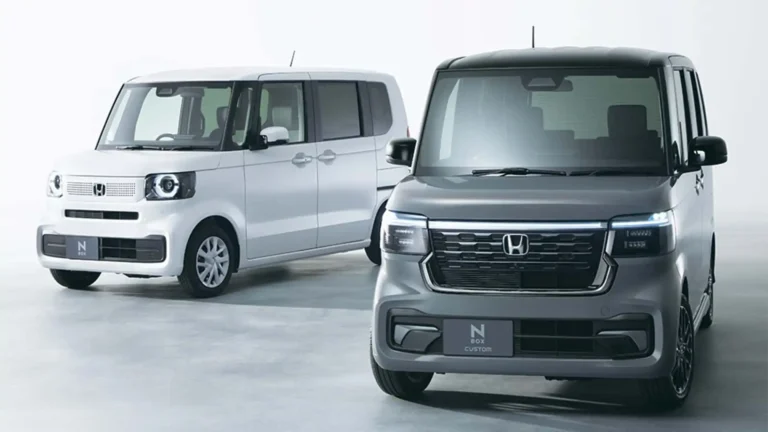Introducing the New 2025 Honda Shuttle: A Versatile and Fuel-Efficient Family Vehicle
The automotive industry is constantly evolving, and Honda is at the forefront of innovation. The New 2025 Honda Shuttle is a testament to Honda’s commitment to providing drivers with vehicles that are both practical and stylish. With its sleek design, advanced technology, and impressive fuel efficiency, the Shuttle is the perfect choice for families on…









